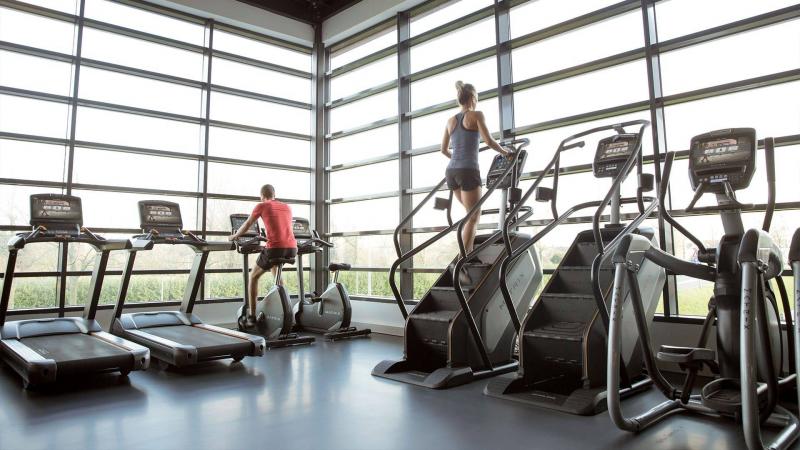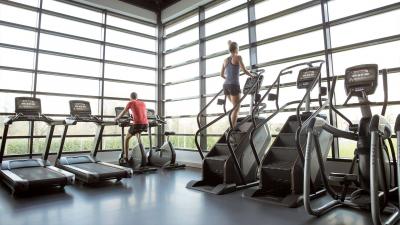Various areas of gyms, such as shared equipment and swimming pools, can be breeding grounds for infections. However, simple measures can protect you from different types of infections, including skin infections and other diseases that spread easily in gyms.
Research has found that "bacteria causing infections and potential skin diseases were present on 10% to 30% of gym surfaces." Seven types of skin infections can spread in gyms:
1. **Plantar Warts:** These are a fleshy overgrowth of skin, usually found on the soles of the feet. They occur due to the human papillomavirus (HPV), which may infect a person without any symptoms. Some strains of the virus are responsible for different types of warts, as well as cancers, including cervical or head and neck cancer.
2. **Impetigo:** This is a skin infection that can affect any part of the body. The infection usually leads to sores that can ooze, burst, and form a yellow crust. Certain types of Staphylococcus bacteria are the main cause of Staphylococcal infections.
3. **Ringworm:** A common fungal infection caused by dermatophytes, it appears as a ring-shaped, scaly raised edge on the skin. These fungi thrive in warm, humid climates, making them common in gyms. Ringworm, caused by a type of fungus called dermatophytes, often flourishes in warm, dark, and moist environments, such as sweaty sports shoes or gym locker rooms.
4. **Hot Tub Rash:** If you use a pool or hot tub at the gym, remember that bacteria thrive in hot tubs or pools without sufficient disinfectant, such as chlorine. This can result in a red, itchy rash. If swimming at the gym, wash your swimsuit and body with soap afterward to reduce the risk of this type of rash.
5. **Staphylococcal Infections:** Staphylococcus bacteria can be one type found in gyms. However, most of the time, these bacteria do not cause any problems.
6. **Colds and Influenza:** Respiratory infections, like colds and flu, easily spread in gyms, where germs can enter your body through droplets from another person's cough or sneeze or by touching contaminated surfaces, including gym equipment, door handles, and other shared surfaces.
7. **Herpes:** Herpes viruses can cause cold sores or genital herpes. While the likelihood of contracting herpes in a gym is lower than other types of infections, it is important to take necessary precautions. Herpes can enter the body through direct contact with an infected individual or contaminated gym equipment and towels.
Researchers have investigated the risks of infection for individuals exercising in gyms and found that infections can spread more by air when there are high levels of carbon dioxide.
Experts recommend various measures to prevent infections and health issues in gyms, including:
1. Wash your hands before and after exercising to avoid infections and prevent disease transmission.
2. Take a shower after swimming in the club's pool, and be sure to use your own towel.
3. Wash your training and swimming clothes separately from your other clothes.
4. Use a small mat to lie on during workouts, and avoid direct contact with gym surfaces.
5. Do not walk barefoot in locker rooms or bathrooms.
6. Cover wounds with a bandage when going to training.




